
views
Cooking Wheat or Egg Noodles

Bring a large pot of water to a boil. Fill up a big saucepan and place it on a burner over high heat.
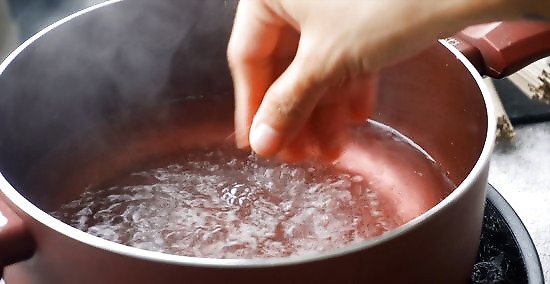
Drop a pinch of salt in the water. This helps flavor the noodles and helps the water boil at a higher temperature, reducing the cooking time.

Place the noodles in the boiling water. If you have long, thin noodles, like spaghetti, you might need to break them in half to fit them all in the pot. Don't add the noodles until the water has come to a rolling boil, or they'll end up getting soggy and mushy. Add the noodles gently so you don't splash hot water back onto your skin.
Boil the noodles until tender. Depending on how thick the noodles are, you may need to boil them from anywhere from 5 minutes to 12. Read the instructions on your noodle package to determine the correct time.

Test to see whether the noodles are done. Pull out one noodle with a fork or slotted spoon. Taste the noodle. It should be soft enough to easily chew, but still have a bit of bite, meaning the noodle is 'al dente.' You can also try these other ways of testing whether the noodles are done: Toss a noodle against the wall. If the noodle sticks, it's ready. Look at the ends of the noodles. If they're white compared to the rest of the noodle, they need more time. Hold the noodles up with a fork. If they swing easily back and forth, they're done.

Remove the noodles from heat and drain. Pour the noodles into a colander to drain the water away.

Put the noodles in a bowl and add a few drops of olive oil. Stirring in just enough oil to finely coat the noodles keeps them from sticking together.

Dress the noodles or use them in a recipe. Wheat and egg noodles are delicious with plain butter, olive oil, and salt and pepper. You can also use them as part of a casserole, add them to soups, or top with pasta sauce.
Cooking Rice Noodles

Soak dried rice noodles in cold water for 30 minutes. This softens the noodles to prepare them for cooking. If you're using fresh, rather than dried, noodles, you can skip the soaking step.

Drain the noodles.

Bring a pot of water to boil.

Add the noodles to the boiling water. The boiling time will vary according to the style of the rice noodle. They cook very quickly, and are ready when they're just soft. Rice stick-style noodles should boil for about 5 minutes. Vermicelli-style rice noodles will need to boil for only about 2 minutes.

Drain the noodles. Pour them into a colander to drain the hot water.

Serve the noodles. Use the noodles in salad or soup. Deep fried rice vermicelli is also a popular dish. These noodles can be shaped into a bird's nest presentation when freshly removed from hot oil.
Cooking Mung Bean Noodles

Bring a pot of water to a boil.
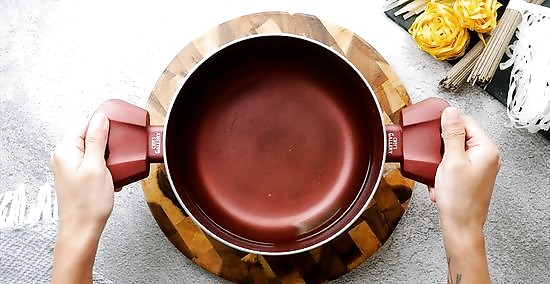
Remove the water from heat and let it cool slightly. Mung bean noodles shouldn't be boiled; they need only to soak in hot water.

Add the noodles to the hot water. Leave them for about 15-20 minutes, until they become soft.
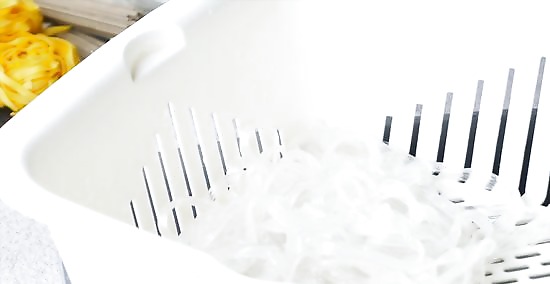
Drain the water. Pour the noodles into a colander to let the hot water drain.
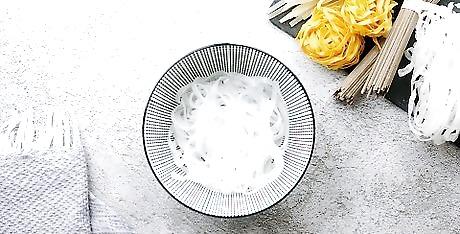
Add the noodles to a dish. These noodles can be added to soups, stews and stir-fries.
Cooking Buckwheat (Soba) Noodles
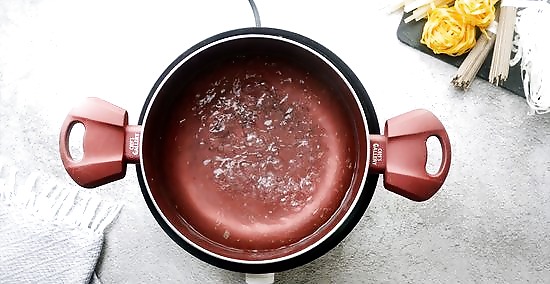
Bring a large pot of water to the boil. Add a pinch of salt to the water.

Drop the noodles into the boiling water.

Wait for the water to return to a boil.

Add 1 cup of cold water to the pot. This prevents the noodles from overcooking.

Cook the noodles until they turn tender. It should take 5 - 7 minutes. The noodles should still taste a little chewy when they're finished. Be careful not to cook the noodles too long, as they become mushy very quickly.

Drain the noodles.

Rinse them briefly under cool water to stop the cooking process.
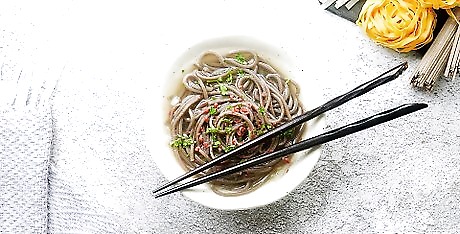
Serve the noodles hot or cold. During the summer, the Japanese like to eat soba noodles in a cold broth; during the winter, warm broth is often used. They're delicious with a light dressing and grilled vegetables or fish.


















Comments
0 comment